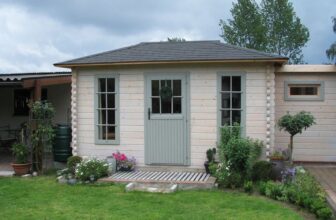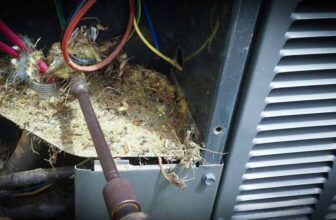
Did you know that the majority of plumbing issues can be avoided? Sadly, several people are unaware that their actions have more negative consequences than positive consequences. We would want to change that by providing some plumbing advice that everyone should be familiar with. These 10 tips are useful for preventing plumbing problems as well as dealing with them if they occur.
-
Table of Contents
Understand where your shut-off valves are located.
According to 2nd city gas plumbing & heating, Shutting off the water is one of the very few tasks you should do if you have a plumbing issue. Therefore, knowing where your water shutoff valves are located before a problem arises is critical. You’ll need to be able to find the particular water source in localized plumbing issues.
They could be located behind the toilet, under a sink, and even behind a washing machine or any other water-using appliances. If the problem isn’t localized and you will need to shut off the primary water supply, you have a few options. It will most likely be outside, either along your main house foundation or even in the ground in the yard. If you’re unsure, get in touch with your local water authority. Visit the website to find out more.
-
Make sure you have the correct plunger on hand.
Plungers come in a variety of shapes and sizes to fit various sorts of drains. A cup plunger is meant for flat drains such as sinks and tubs and is fashioned like a cup. A flange is a type of plumbing that is formed like a cup with a lip on the end. This is intended to improve toilet drain suction. Understanding the difference is important since a plunger requires adequate suction to function properly. We recommend keeping two types on hand, one for sink drains and the other for toilet drains. This is generally excellent practice in general, not just to make sure you have the proper plunger for the job, but also to keep things clean.
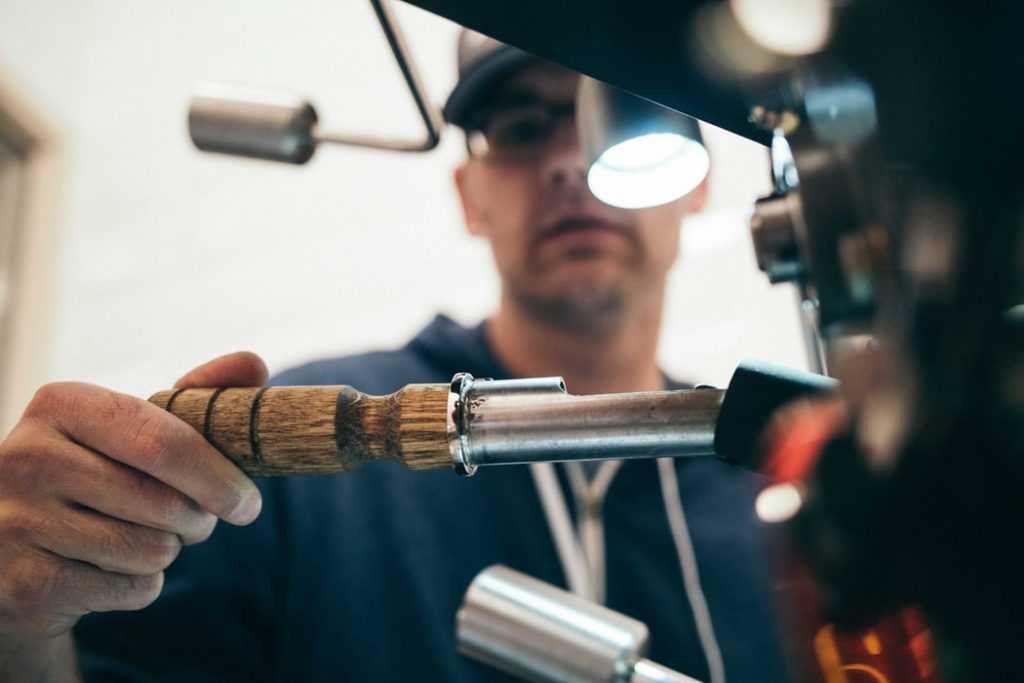
Img source: pexels.com
-
Before you drill, be sure that you know where your pipes are
This occurs much too frequently. For example, holes in pipes may be drilled accidentally when one is doing other tasks like nailing and drilling. A leak behind a wall or beneath the ground can cause significant damage and costly repairs. Therefore, before you grab your hammer, make absolutely sure you’ve found your pipes and know where they are located to avoid drilling them. This is when a good stud finder comes in handy.
Check whether there are any supply or drainage pipes surrounding your work area because you wouldn’t want to rupture them by accident. With a cheap stud finder, you might be able to identify pipelines behind walls. Alternatively, an endoscopic camera that can be snaked into the walls might be purchased.
-
Leaks Shouldn’t be Ignored
If you do happen to nick a pipe while working on your house, don’t ignore it. This is true for any type of plumbing leak. If these leaks are not fixed, a variety of problems can be caused, for example, water damage, molds as well as water waste. All of these are costly issues that may be avoided by addressing leaks as soon as possible.
-
Don’t Tighten Too Much
Avoid the temptation to over-tighten while doing minor plumbing repairs. Overtightened fittings as well as connections can cause peeling but also harm to your plumbing equipment. Although you wouldn’t want your fittings to be loose, you wouldn’t want them to be stripped.
Plumber’s tape (also known as Teflon tape) is often used to prevent leaks, especially around the joints and the fittings by sealing the pipe threads. Before you actually start sealing the pipe threads, you must apply plumbers tape to the threads at least three times.
Furthermore, the white tape is intended for ordinary residential plumbing jobs, and the yellow tape is intended for gas line hookups.
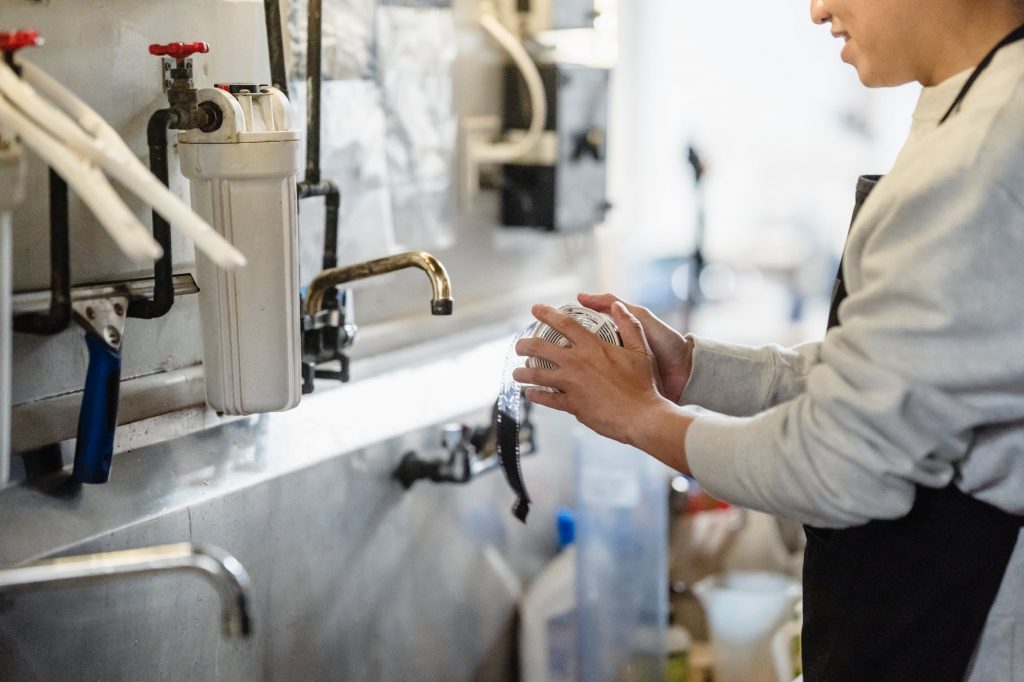
Img source: pexels.com
-
Garbage Shouldn’t Be Dumped Down the Drain
Coffee grounds, food detritus, bacon grease, veggie peelings, and starchy foods such as rice or potatoes should never be poured down the kitchen drain; these will almost definitely block it. It’s also a good idea to study the trash disposal’s owner’s handbook to see what the device can and can’t handle.
Garbage disposals are great to have around the house, but they can’t handle everything. Pouring fats, oils, or grease down the drain should be avoided at all costs. These will harden as they cool, causing clogging in your pipes.
Allow sufficient cold water to run down the drain for about 5-6 seconds before you begin running the trash disposal. After you stop, you must also let the cold water run for a few seconds. Keep the blades sharp by putting ice cubes in the garbage disposal on a regular basis.
-
Know when to replace the water heater
The lifespan of a water heater is limited. It’s definitely time for a replacement if yours is in the double figures. This is a situation where procrastination is not an option. That water heater tank has a capacity of at least 50 gallons. If the tank bursts a leak, there’ll be plenty of water to cause significant damage. If you’re going to replace your water heater, you may as well replace your sump pump as well.
-
Take the Plunge
To remove blockages in restrooms, sinks, as well as drains, purchase a high-quality plunger. When cleaning sink traps, you can use a plunger in order to remove the majority of the water prior to removing the trap. It will be a lot less wet or messy to complete the work. For efficient and hassle-free plumbing services, rely on Indigo Home Services to provide you with top-of-the-line equipment and expert techniques to clear any blockages in your restroom, sinks, and drains.
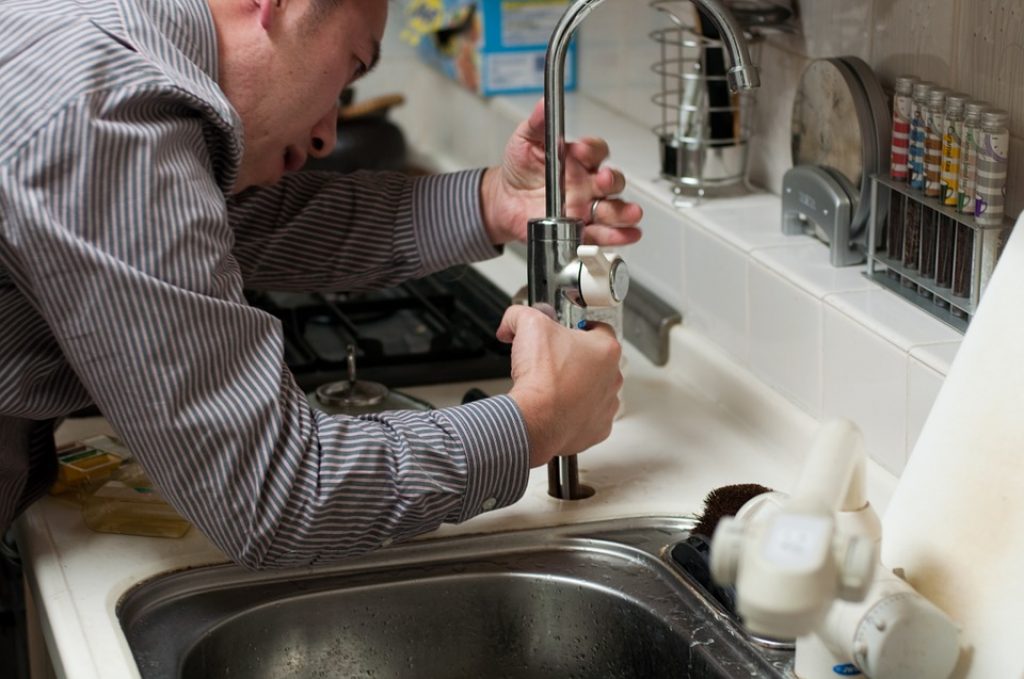
Img source: pexels.com
-
Keep an eye on the water pressure
It’s a crucial component of a well-functioning plumbing system. You must check your home’s water pressure levels frequently. A basic pressure gauge may be found for a reasonable price at any construction or hardware store.
You may also choose to install a smart home monitoring system for an accurate and contemporary option. You can monitor your water pressure in real-time, discover leaks, and measure your water use this way.
-
Having a functional pressure decreasing valve is a must
If you have excessive water pressure in your house, you should lower it to a safe level. Installing (or changing) your pressure reduction valve, or PRV, is one way to do this. In most households that rely on a municipal water supply, PRVs are a must-have. Since fire hydrants, high-elevation houses, and high-rise structures all require high-pressure water, municipal water providers must pump water at high pressures. They frequently supply water at pressures of over 100 psi, but your home (and all of its plumbing fittings) are intended to withstand pressures of 50-60 psi.
Conclusion
The majority of homeowners lack the essential expertise to do a DIY plumbing project. They may further aggravate the situation, resulting in thousands of dollars in property and personal damage. But just don’t dial your plumber’s number just yet! Follow some of the plumbing basics in this post that every homeowner should be aware of. Understanding just a few plumbing techniques might give you the confidence you need to take care of your plumbing. It can also save you money in the long run because you won’t have to pay an expert for small difficulties.



